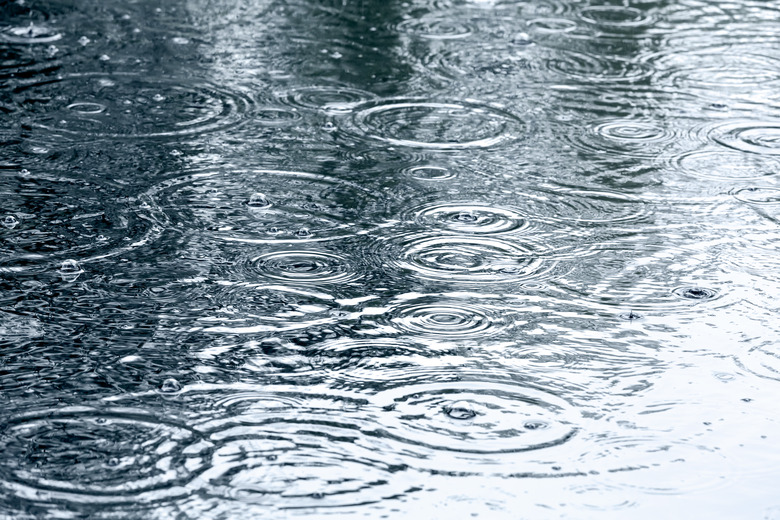What Is The Effect Of PH On Living Organisms?
When most people think about pH, they imagine testing pool water or using cleaning products. However, changing the pH level in ecosystems impacts all living organisms. In fact, pH-related issues are serious environmental concerns.
TL;DR (Too Long; Didn't Read)
The pH scale ranges from 0 to 14 with 7 indicating neutral pH. The low end of the scale represents high acidity while the high end represents alkalinity. While high levels of either acidity or alkalinity can destroy life, scientists specifically worry about acid levels in rain or runoff negatively affecting flora, fish and microorganisms.
Effect on Flora
Effect on Flora
Acid rain is particularly harmful to trees and other plants. Acid rain adds aluminum to the soil and destroys important nutrients. As a result, trees and plants are less able to absorb the ground water they need for growth. Additionally, acid rain generally damages plant health, making them less resistant to insect damage and disease. Acidic water similarly affects aquatic plant life, destroying important food sources.
Effects on Fish
Effects on Fish
Acidic water robs fish and other aquatic species of sodium in the blood and oxygen in the tissues. Additionally, it affects the functioning of fish gills. Some species tolerate acidic water better than others. Brook trout tolerate water with a pH as low as 5.0 while small mouth bass feel the effects at a pH of 6.0. Even if the acidity does not kill fish, the additional stress can stunt growth and make them less able to compete for food. Acidic water also poisons fish eggs, as they will not hatch if water pH is too low. The U.S. Environmental Protection Agency has found that most eggs will not hatch in water with a pH level of 5.0 or less.
Effects on Microorganisms
Effects on Microorganisms
In addition to the direct effects on fish, acid water also destroys ecosystems by killing organisms lower on the food chain. For example, the Pennsylvania Department of Environmental Protection found that mayflies are particularly vulnerable to acidic water, because it lowers sodium in the blood. Consequently, species feeding on mayflies will leave an affected area or starve.
Acid Rain
Acid Rain
Some acid rain occurs naturally as the result of rotting vegetation and volcanic activity. However, human activity contributes to the problem, as well. According to the EPA, fossil fuel combustion releases harmful gasses into the air, such as sulfur dioxide and nitrogen oxides. These chemicals mix with atmospheric water, gasses and other elements to create a mild solution of acidic liquid. Rain, snow and other forms of precipitation deposit the acidic water into the ground and waterways. Power plants and vehicles contribute the most to acid rain in the United States.
Acid Mine Drainage
Acid Mine Drainage
Acid mine drainage is a more localized but similar problem. Water from mines, particularly abandoned coal mines, can leach into ground and surface water. Some of the minerals found in mines react with either water or air, or both, to create acidic liquids. Unlike acid rain, acid mine drainage directly affects surface water and can render streams and lakes nearly lifeless. Environmental groups can neutralize the effects by adding limestone and other alkaline substances to the water, but this is expensive and does not cure the problem of metals in the water.
Cite This Article
MLA
McGann, Chris. "What Is The Effect Of PH On Living Organisms?" sciencing.com, https://www.sciencing.com/effect-ph-living-organisms-6723807/. 16 May 2018.
APA
McGann, Chris. (2018, May 16). What Is The Effect Of PH On Living Organisms?. sciencing.com. Retrieved from https://www.sciencing.com/effect-ph-living-organisms-6723807/
Chicago
McGann, Chris. What Is The Effect Of PH On Living Organisms? last modified March 24, 2022. https://www.sciencing.com/effect-ph-living-organisms-6723807/
